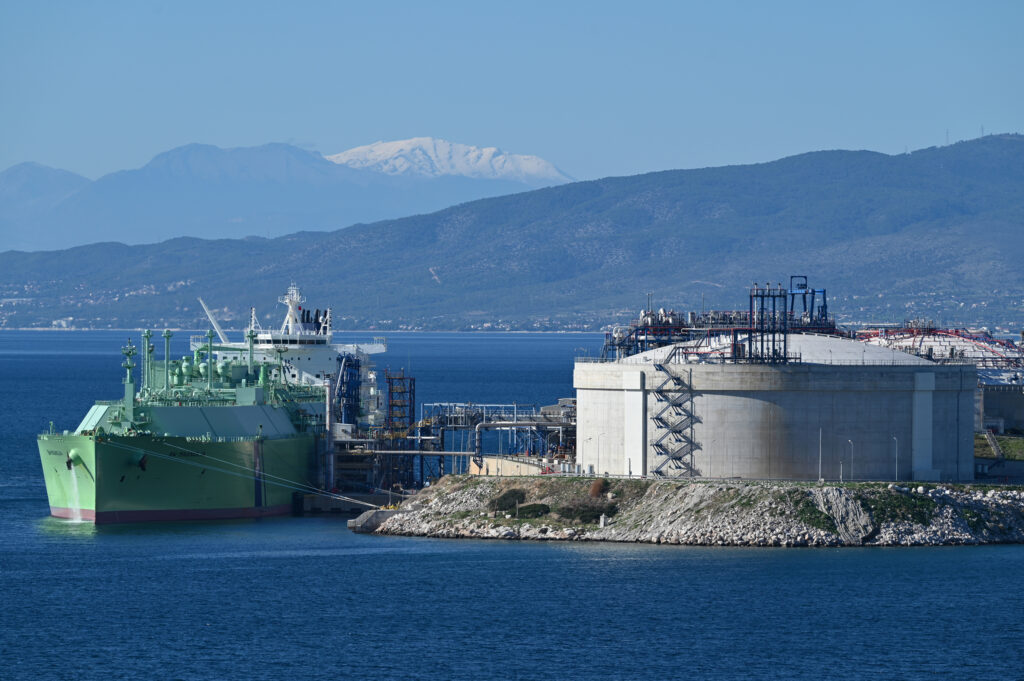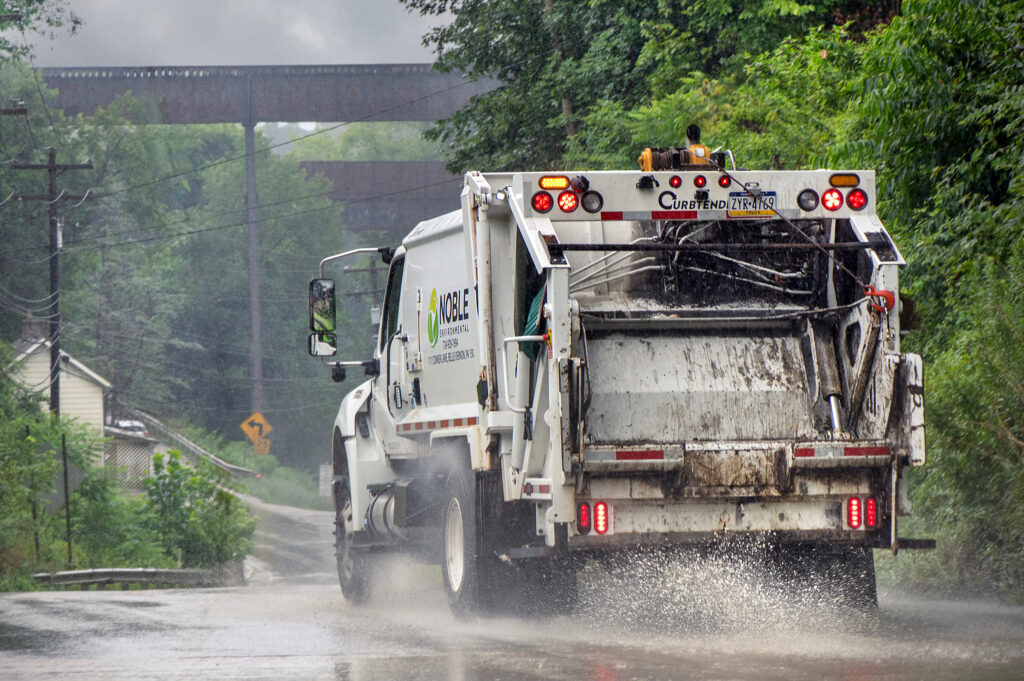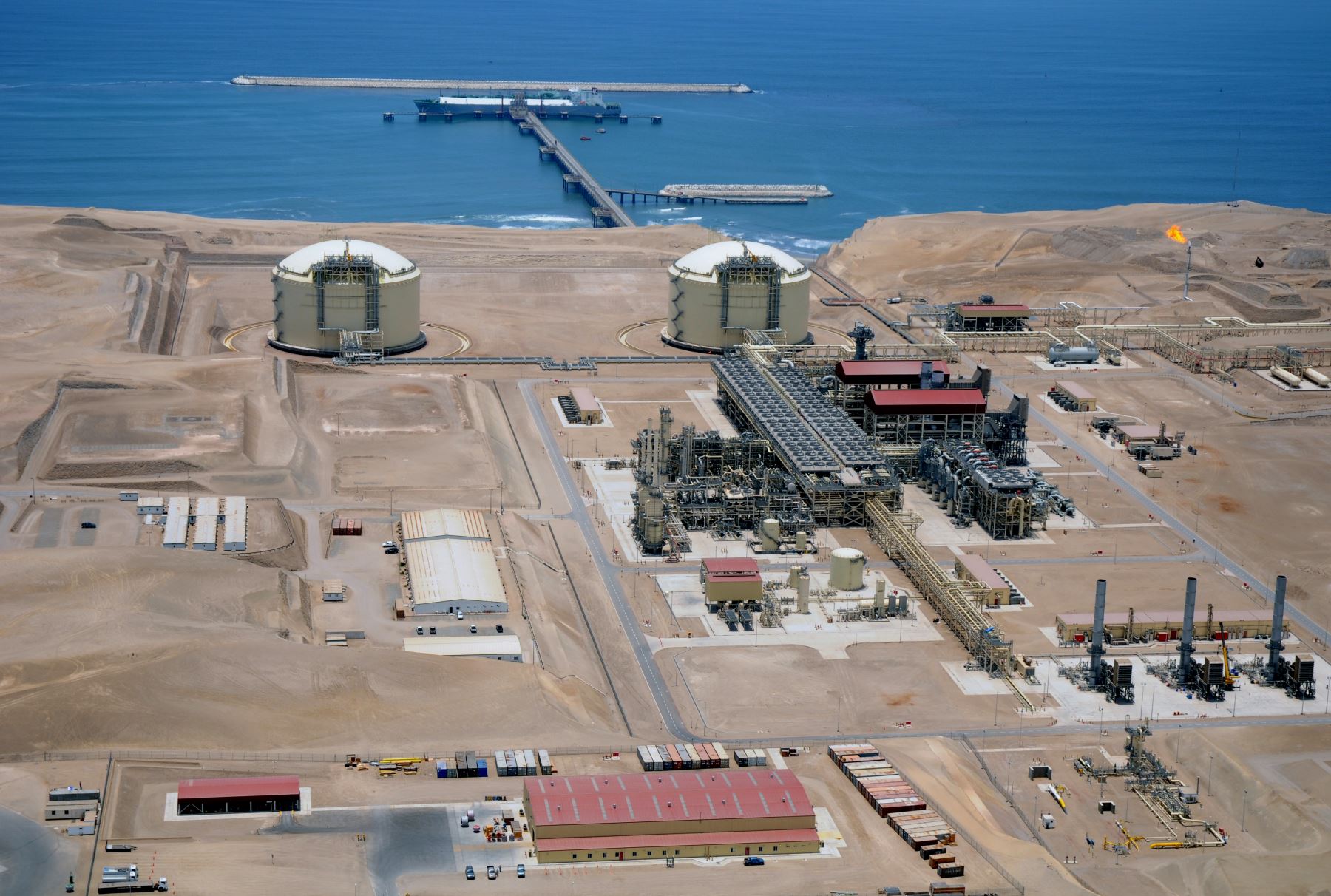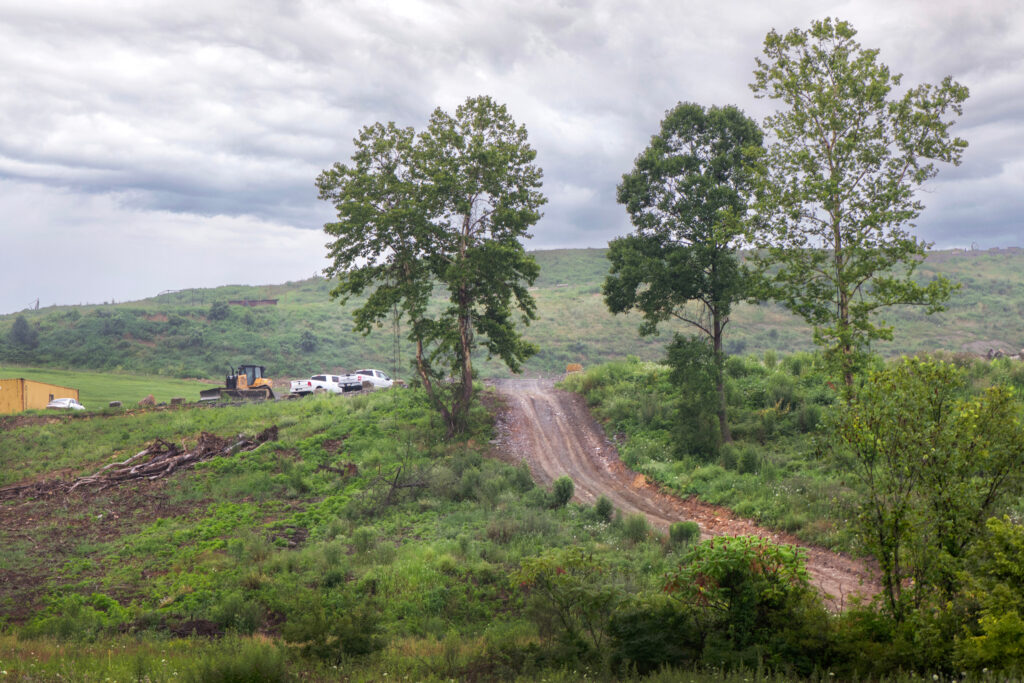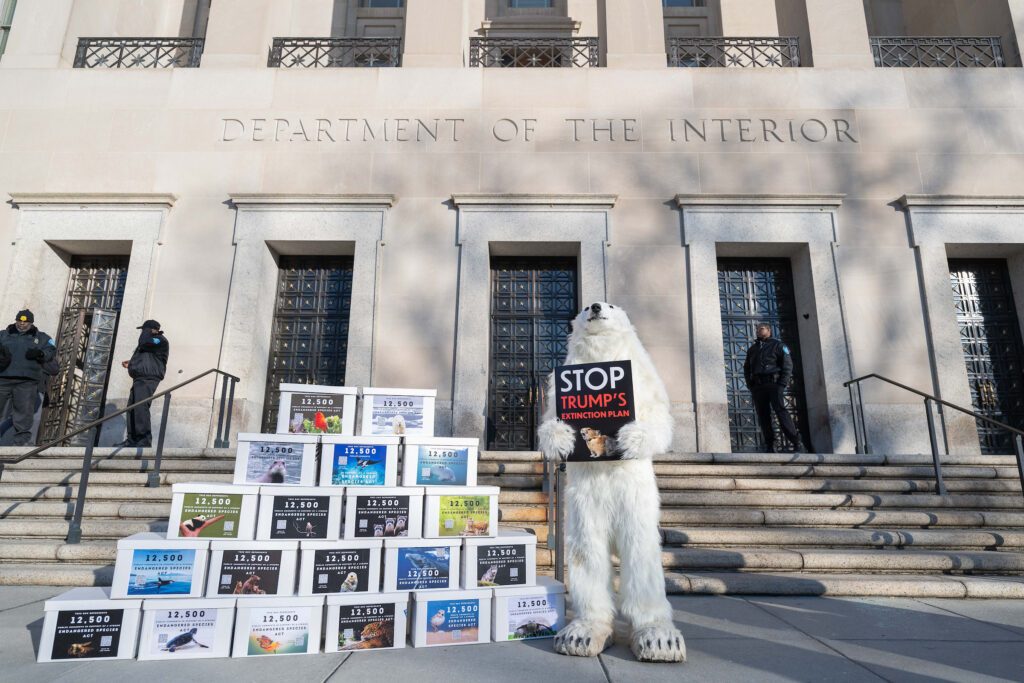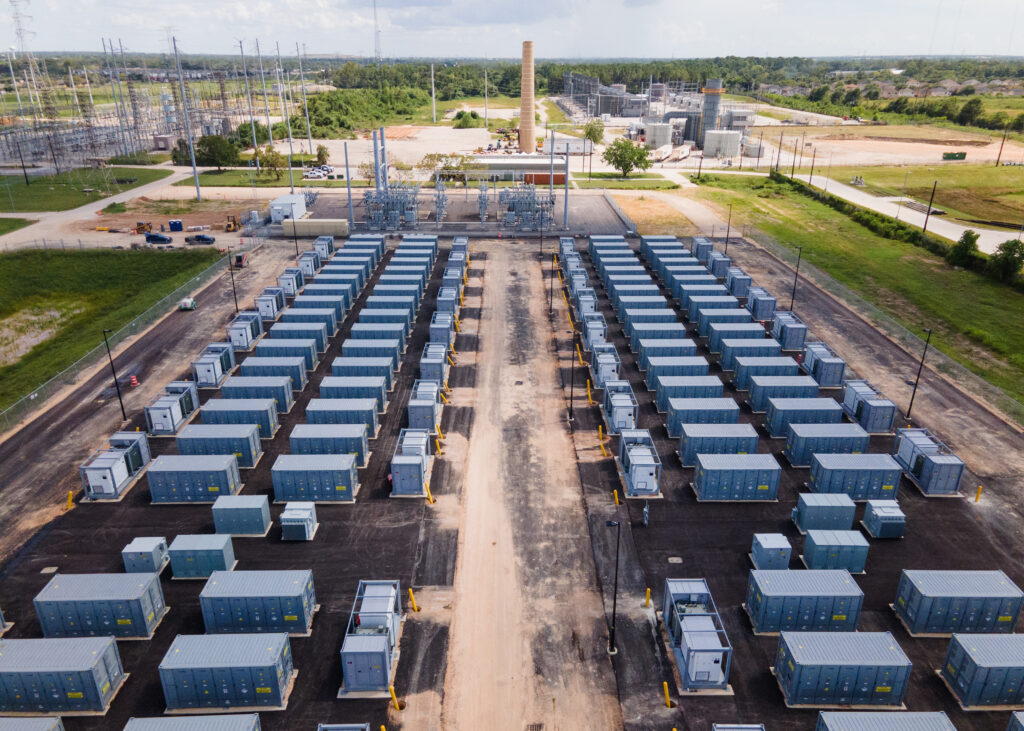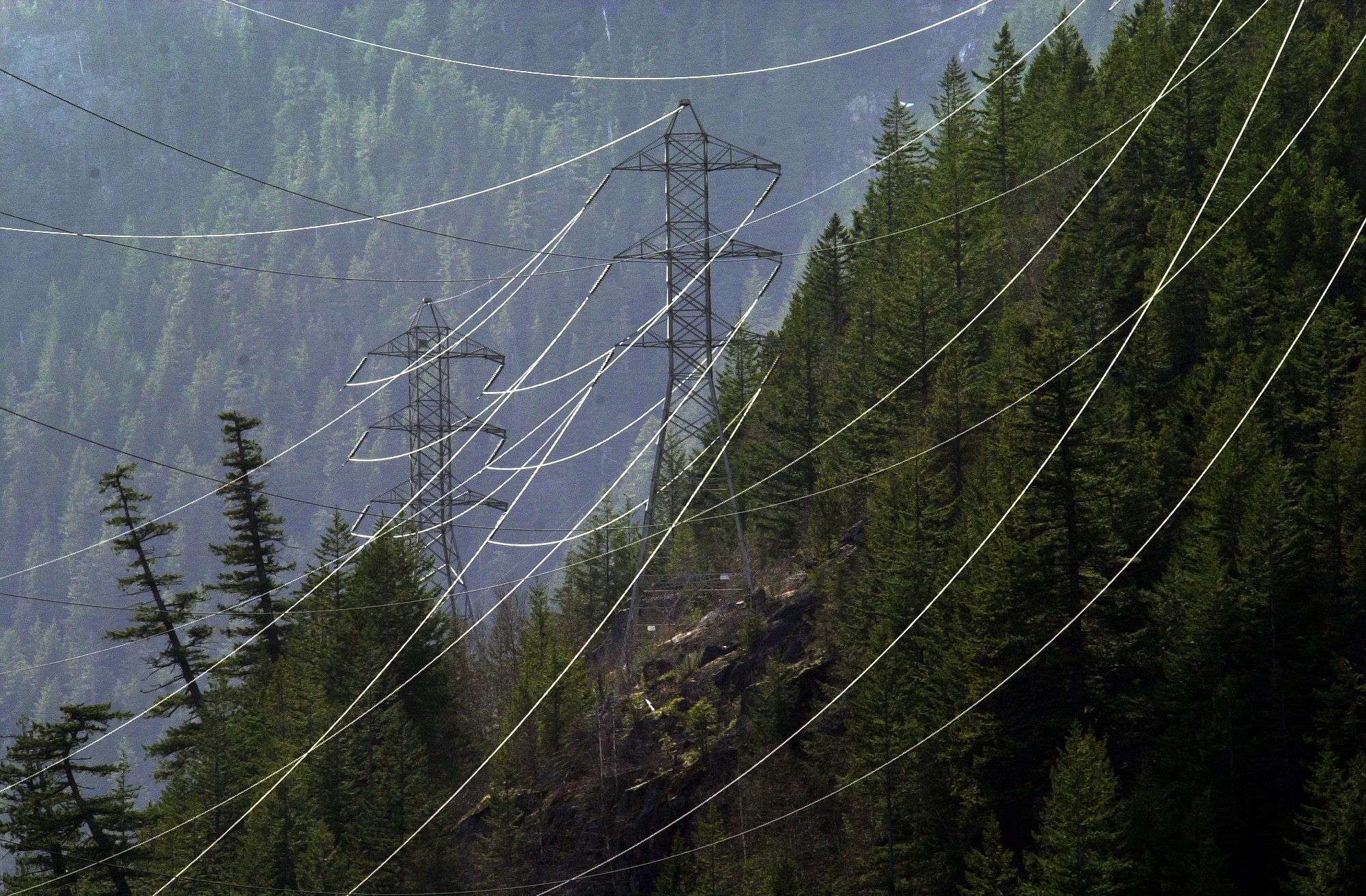The Federal Energy Regulatory Commission’s approval of PJM Interconnection’s plan to let 50 power projects, including nuclear and gas-fired plants, cut the line and connect to the grid ahead of hundreds of stalled renewable energy projects has ignited fierce backlash, with critics calling it “a dangerous precedent” that props up costly fossil fuels and tips the scale against renewables. The decision does little to fix PJM’s broken interconnection process, they argue, and deepens the rift between PJM’s reliability strategy and state-led clean energy goals.
PJM’s Reliability Resource Initiative (RRI) aims to fast-track new nuclear and fossil fuel generation projects to offset anticipated energy shortages as early as 2026, as coal plants retire and demand from data centers and increased electrification spikes.
Dispatchable power, like natural gas, is essential to reliability, partly due to state policies phasing out coal, PJM, the grid operator for the District of Columbia and portions of 13 states across the mid-Atlantic, South and Midwest, has argued.
But clean energy leaders insist renewables and battery storage could address reliability just as effectively if given a fair shot. They say PJM rules favor capital-intensive fossil fuel plants that are slower to build and complicate states’ clean energy goals.
FERC approved PJM’s proposal by a 3-1 vote on Feb. 11, with Commissioner Judy Chang dissenting and Commissioner Lindsay See abstaining.
We’re hiring!
Please take a look at the new openings in our newsroom.
See jobs
In its decision, FERC agreed with PJM’s rationale that a one-time arrangement was needed to prevent potential electricity shortages by 2030, and that allowing 50 large power projects to move ahead will help meet growing energy demand and keep the grid reliable. FERC also endorsed PJM’s method of choosing these projects based on their impact and readiness, ensuring that the most needed and reliable projects get priority, especially in areas facing power supply challenges.
Not everyone agreed, though.
In her dissent, Chang slammed PJM’s scoring system for prioritizing size over speed, warning it won’t bring new power online fast enough to meet reliability risks predicted to occur between 2026 and 2030. “PJM’s filing presents a risk of the worst of both worlds: it compromises the Commission’s open access principles with no guarantee it will resolve PJM’s reliability issue,” she wrote. She said PJM ignored faster, grid-ready renewable projects in favor of larger, more complex plants that face permitting delays, supply shortages and transmission bottlenecks.
Chang also criticized PJM for capping approvals at 50 projects without ensuring enough capacity would be available to meet demand. She argued PJM overemphasized project size while failing to prioritize projects that use existing grid infrastructure, which could be deployed faster and at lower cost. “PJM, when designing its proposal, should have ensured that the in-service dates of the interconnecting resources receive the greatest weight,” she said.
In emailed comments, PJM spokesperson Jeffrey Shields said: “PJM continues to process new renewable projects and still they are not getting built fast enough to replace retiring generators while meeting growing demand.” He expressed his frustration at being called out for not processing enough renewable projects, claiming that PJM was “successfully implementing the reformed process and moving tens of thousands of megawatts worth of projects to completion in our study process.” Shields said that FERC’s order adequately explained the reasons why a measure like the RRI was necessary.
Still, Chang’s criticism was echoed by clean energy advocates.
Tom Rutigliano, a senior advocate with the Natural Resources Defense Council, called FERC’s decision “a dangerous precedent” that expands emergency measures far beyond their intended scope.
“RRI is PJM admitting their interconnection queue is too slow to solve problems even with six years’ notice. That’s what PJM should be working on,” he said. If PJM had a speedy, efficient queue, “we could rely on markets and competition to solve this problem, rather than picking winners and losers.” He warned the decision creates market uncertainty because developers won’t know until years later when their projects will come online and if they must compete with RRI-backed projects.
Like Chang, Rutigliano argued that PJM’s rules favor fossil fuels and dispatchable resources over renewables and battery storage.
“There are two real problems with the criteria,” he said. “First, project size is considered more important than completion date, so RRI is likely to select large projects that won’t be completed far after the reliability problem PJM claims they’re trying to fix. Second, the scoring criteria exaggerates the difference between thermal resources and storage. It makes sense for PJM to consider the reliability value of the resources they pick, but that should be done fairly.”
Ada Statler, an associate attorney with the advocacy organization Earthjustice, said “the calculations PJM uses to justify the Resources Reliability Initiative fail to consider other sources of new generation that could close the gap without harming resources that have already been waiting to interconnect for years or frustrating state climate policy.” She cited a study from the sustainability nonprofit RMI that said PJM already has 3 gigawatts more power than needed if renewable projects and grid reforms moved forward.
“PJM is giving itself too much control over decisions about the generation mix that are supposed to be left to the states.”
— Ada Statler, Earthjustice
Statler also questioned PJM’s accounting of projects. ”While load growth is certainly accelerating, PJM has yet to develop an effective method of verifying that load growth projects are not speculative or double-counted from duplicative requests submitted in multiple areas,” she said.
Megan Wachspress, an attorney with the Sierra Club, warned that PJM is overstepping its authority by choosing which power plants get special treatment. “These criteria are not neutral or within the proper authority of the regional grid operator, meaning they interfere with state control. Even worse, this approach goes against state policies in New Jersey, Michigan and Illinois, which aim to boost renewable energy on the grid.”
Consumer advocates argue PJM’s lack of transparency is raising electricity prices across its service area. The Maryland Office of People’s Counsel has warned PJM that utilities and power suppliers may be exaggerating demand forecasts, leading PJM to uncritically accept speculative growth projections.
“We are concerned that because the RRI plays favorites by choosing which resources get special treatment in the interconnection process, PJM is giving itself too much control over decisions about the generation mix that are supposed to be left to the states,” Earthjustice’s Statler said.
Rutigliano agreed. “If states can’t get power plants connected, their authority is meaningless,” he said. “The law says that states have authority over generation, while the federal government controls transmission. That’s always been a balancing act, but the RRI ruling pushes far enough that the state’s authority becomes meaningless.”
Instead of focusing on short-term fixes, advocates urged FERC to follow rules it has already implemented, such as Order 2023. The rule is designed to speed up and simplify the process for connecting new power projects to the grid, reduce long wait times, improve transparency and help renewable energy projects get online faster by reforming how grid operators handle interconnection requests. It requires utilities to process projects in groups rather than one by one, making the system more efficient and reducing delays.
“Commissioners [David] Rosner and [Willie] Phillips supported RRI only as a one-time emergency measure. PJM must comply with Order 2023 and speed up interconnections to fix delays that block renewables from replacing outdated coal plants,” said Wachspress of the Sierra Club. “Instead of delays, PJM should focus on long-term transmission planning, expansion, and reducing interconnection wait times.”
Jacob Mays, an assistant professor in the School of Civil and Environmental Engineering at Cornell University, said he expects to see more ad hoc modifications like RRI in systems across the U.S. given ongoing struggles with the queue process. “I think it is widely thought that more fundamental reforms enabling greater predictability and stability would be best in the long term,” he said, “but system operators are very focused on what they can do to address near-term concerns.”
About This Story
Perhaps you noticed: This story, like all the news we publish, is free to read. That’s because Inside Climate News is a 501c3 nonprofit organization. We do not charge a subscription fee, lock our news behind a paywall, or clutter our website with ads. We make our news on climate and the environment freely available to you and anyone who wants it.
That’s not all. We also share our news for free with scores of other media organizations around the country. Many of them can’t afford to do environmental journalism of their own. We’ve built bureaus from coast to coast to report local stories, collaborate with local newsrooms and co-publish articles so that this vital work is shared as widely as possible.
Two of us launched ICN in 2007. Six years later we earned a Pulitzer Prize for National Reporting, and now we run the oldest and largest dedicated climate newsroom in the nation. We tell the story in all its complexity. We hold polluters accountable. We expose environmental injustice. We debunk misinformation. We scrutinize solutions and inspire action.
Donations from readers like you fund every aspect of what we do. If you don’t already, will you support our ongoing work, our reporting on the biggest crisis facing our planet, and help us reach even more readers in more places?
Please take a moment to make a tax-deductible donation. Every one of them makes a difference.
Thank you,




